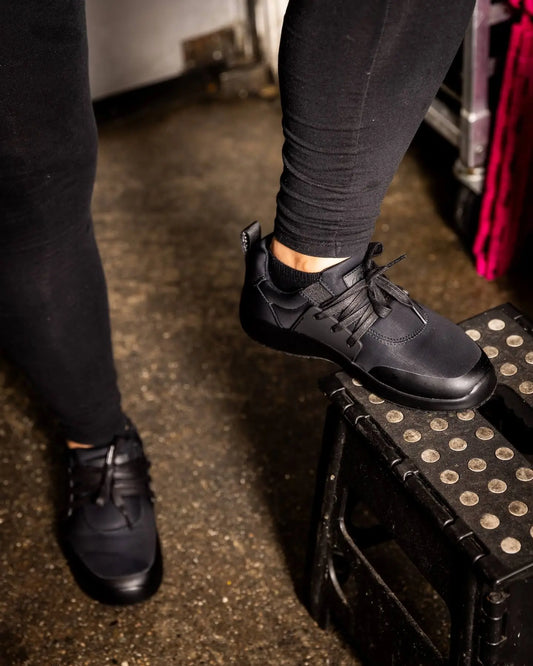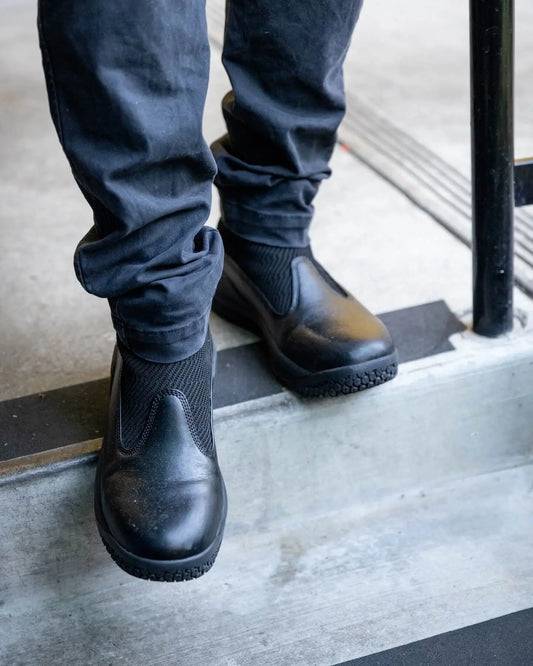Ways to Prevent Foot Corns
Snibbs Footwear
If you have been looking for answers to what corns on your foot are and exactly how it can be treated, you are in the right place. Foot corns are essentially dead layers of skin forming thick and hardened areas on the feet. These are generally seen below the toenail bed, at the bottom of the feet, on the sides of the feet or even between the toes. With constant friction from the footwear, corns can become inflamed causing a lot of pain and discomfort. Common symptoms associated with this foot problem include:
- Rough patches of hardened skin
- Pain especially while wearing shoes
What causes foot corns?
The most common cause of foot corns is footwear that fits you too snugly. Add to that the constant friction that comes from standing or walking for long periods of time and what you have are painful corns particularly at the bottom of your feet.
How to get rid of corns on foot?
There are several ways that can help you get rid of this rather painful condition.
Soften and remove the corn
To do this, soak your feet in warm water with Epsom salts. Dry your feet and moisturize them. Continue this process for a few days till the corn softens. Once the corn softens, you can use a pumice stone to gently rub the corn and remove it.
Corn Pads
Corn pads are another viable means of removing your corn. To do it, remember to soak your feet in warm water for a few days. It will help to apply some castor oil after drying your feet. Next, apply corn pads that are available at local pharmacies. Wearing socks that aren’t too tight is a helpful practice. The corn pads could take a couple of days to pull out the corn.
Medical Treatment of Corns
If none of the above home remedies seems to provide relief, you may need medical care. This will include:
- Trimming away excess skin by your doctor with a scalpel
- The doctor may also prescribe a patch containing 40 percent salicylic acid. Such patches are also available without a prescription, though.
- In case the corns are being caused on account of a foot deformity, the doctor may prescribe custom made shoe inserts
- In rare cases, the doctor may recommend surgery if he feels that there is a need to realign a bone that is causing friction.
Prevention of foot corns
The best way to prevent corns from forming in the first place or for them to return is to ensure that your footwear is comfortable and not too snug. If you are prone to develop corns, it will particularly help to look for supportive, comfortable shoes. With foot size changing over time, it is also a good practice to periodically measure your feet, both for their length and width to be able to find the right shoes.
Covering the top of your toes and sides of your feet with breathable bandages is yet another way to prevent the formation of corns. Do remember to keep your toenails trimmed as large toenails impact the position of your toes and the pressure thereby could lead to the formation of corns. With these seemingly simple tips, you can ensure that you prevent this common foot problem.













